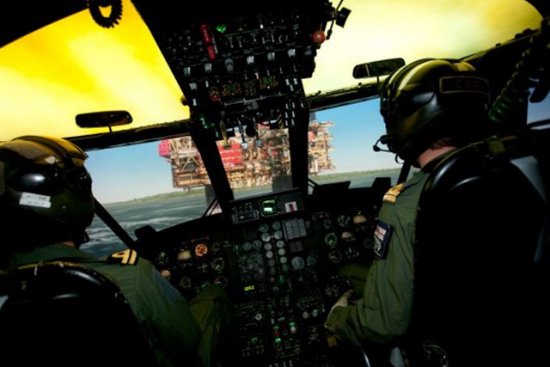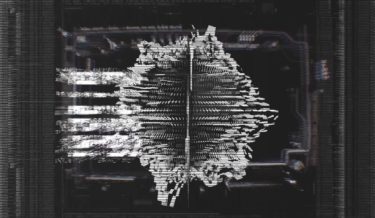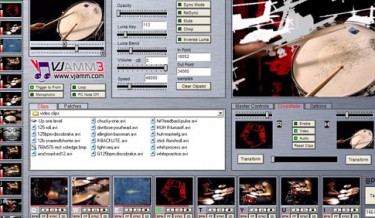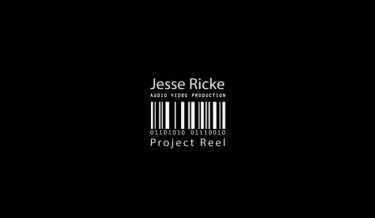Related post
Cyberpunk CGI Opera Features an AI Having a Mental Breakdown
May 17, 2017
|
Comments Off on Cyberpunk CGI Opera Features an AI Having a Mental Breakdown
2518
Jesse Ricke: VJing for Gayageum player at Asia Society
Jan 28, 2015
|
Comments Off on Jesse Ricke: VJing for Gayageum player at Asia Society
2491




